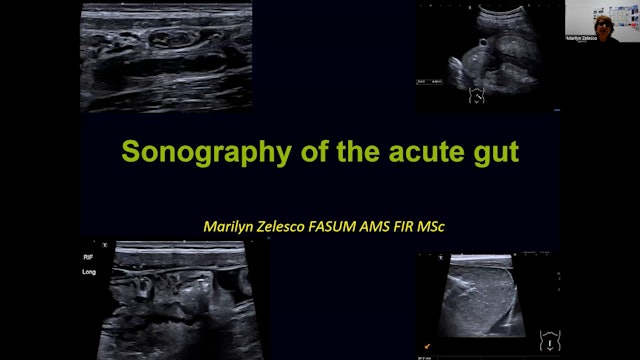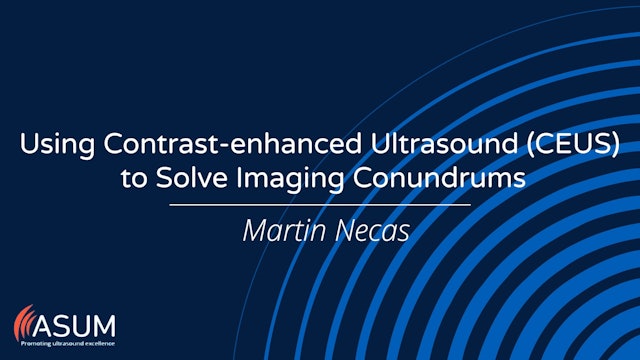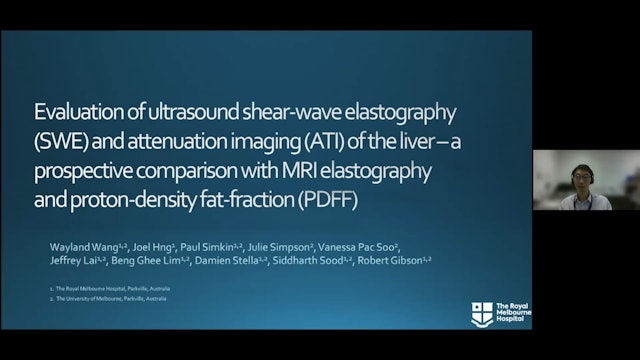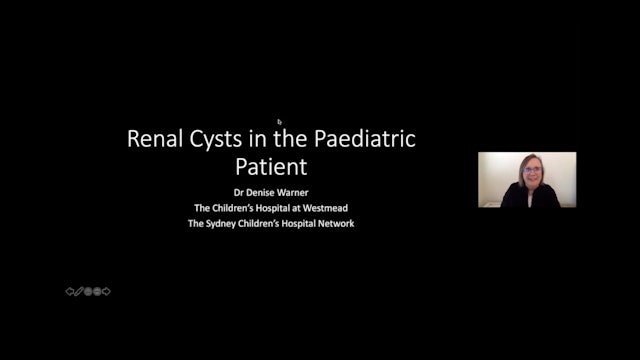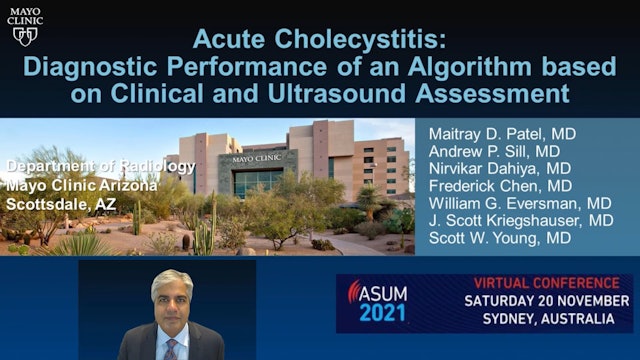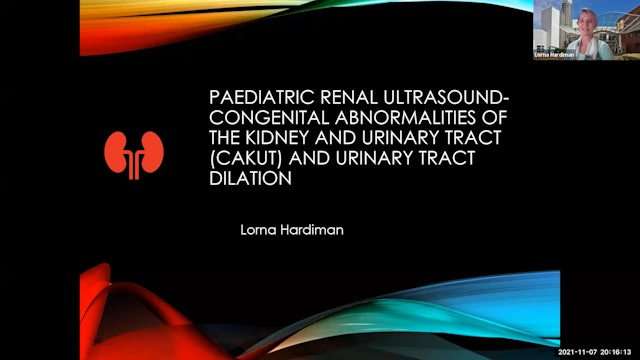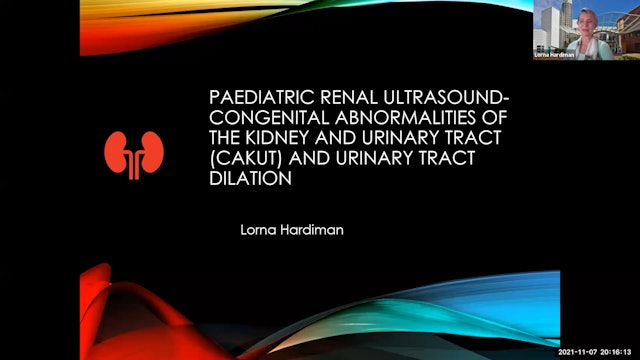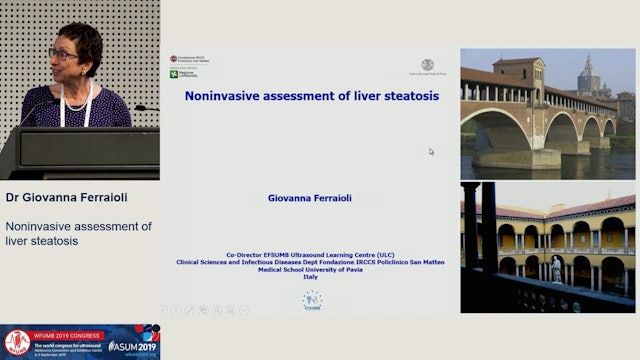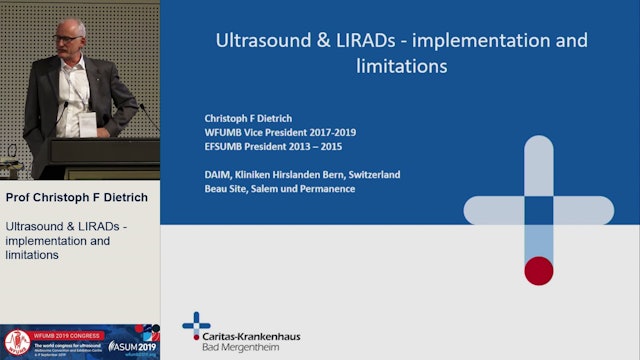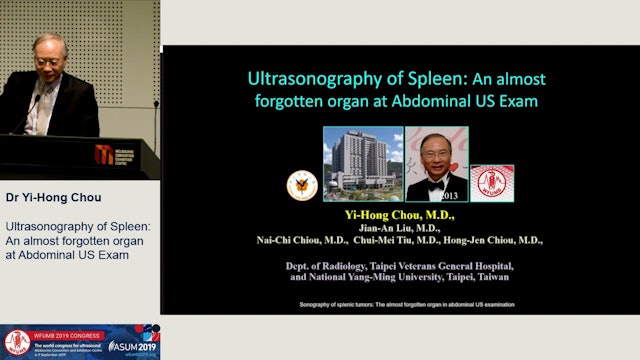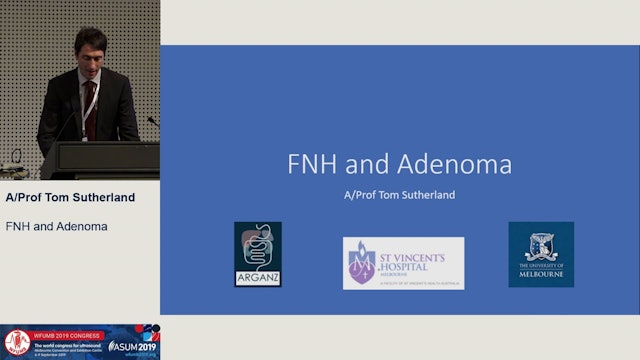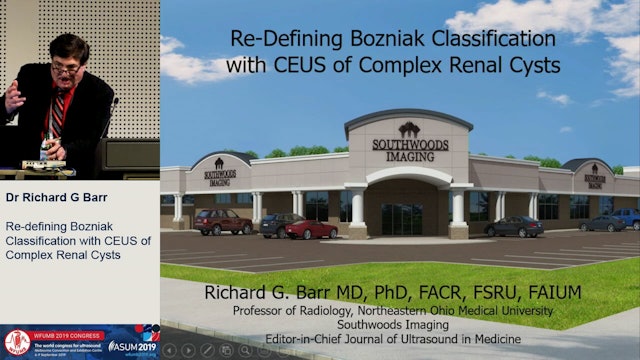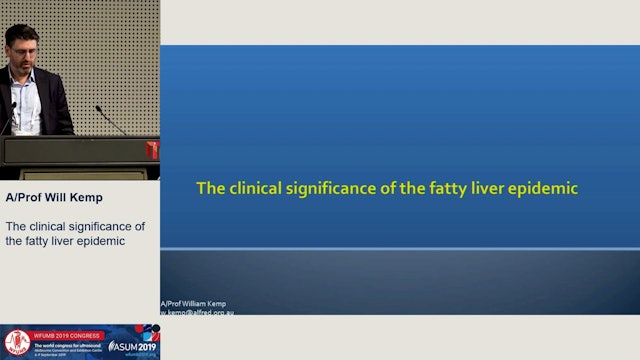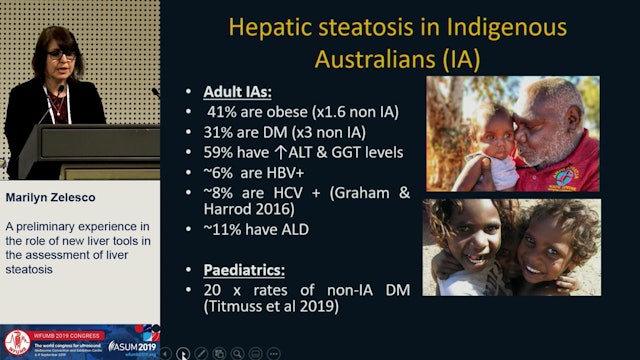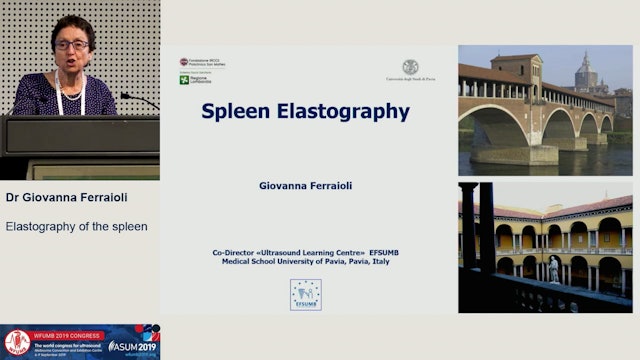ABDOMINAL
-
The Unhappy Renal Allograft
-
Ultrasound in Suspected Appendicitis
-
POCUS Enhanced Physical Examination is the Future, and the Future is Now!
-
Liver Shear Wave Elastography - the new 'Rule of 4'
-
Sonography of the Acute Gut
-
Using Contrast-enhanced Ultrasound (CEUS) to Solve Imaging Conundrums
-
Clinical outcomes in patients: RLQ pain but normal ultrasound
-
Evaluating Ultrasound Shearwave Elastography & Attenuation Imaging of the liver
-
Renal cysts in the paediatric patient
-
Acute Cholecystitis: Diagnostic Performance of an Algorithm
Acute Cholecystitis: Diagnostic Performance of an Algorithm based on Clinical and Ultrasound Assessment
-
Intussusception When it is and when it isn't
Objectives are;
Identify normal gastrointestinal tract anatomy on ultrasound;
Describe intussusception;
Describe ultrasound techniques and protocols for diagnosis of intussusception;
Recognise when it is and isn't intussusception;
Case studies from the CHW -
Point of care abdominal ultrasound in the diagnosis of necrotising enterocolitis
-
Paediatric Renal US - Congenital Abnormalities and Urinary Tract Dilatation
Paediatric Renal Ultrasound - Congenital Abnormalities of the Kidney and Urinary Tract (CAKUT) and Urinary Tract Dilation
-
Paediatric Renal Ultrasound: Congenital Abnormalities & Urinary Tract Dilatation
Paediatric Renal Ultrasound - Congenital Abnormalities of the Kidney and Urinary Tract (CAKUT) and Urinary Tract Dilation
-
Non-invasive assessment of liver steatosis
Liver steatosis is a major health problem since 20-30% of the population is affected with non-alcoholic fatty liver disease (NAFLD).
NAFLD comprises a wide range of liver injury, from simple steatosis to steatohepatitis, progressive fibrosis and eventually cirrhosis with its complications.
Live... -
Ultrasound & LIRADs - implementation and limitations
Hepatocellular carcinoma (HCC) is one of the most leading causes of cancer death worldwide. Guidelines support the use of imaging to establish the noninvasive diagnosis of HCC without confirmatory biopsy if imaging is definitive. Therefore, accurate imaging is vital in HCC patient management. The...
-
Sonography of splenic tumors: The almost forgotten organ in abdominal US
Although examination of the spleen is routinely included in the general abdominal gray-scale ultrasound (US) study, it was considered of limited use in the past and was performed almost only to distinguish between cystic and solid lesions. In the last two decades due to accumulated experience and...
-
TIPs
Doppler ultrasound remains the primary modality for the evaluation for TIPS shunt evaluation. Competency in interpreting these examinations requires an understanding of the TIPS ëplumbingí and expected flow patterns, the availability of prior examination records if available, and a knowledge of e...
-
FNH and Adenoma: an update
-
Re-defining Bozniak with CEUS of complex renal cysts
Not Found
-
The clinical significance of the fatty liver epidemic
Not Found
-
New liver tools in the assessment of liver steatosis: preliminary experience
Globally, there is an increasing incidence of non-alcoholic fatty liver disease (NAFLD), a potential cause of chronic liver disease. NAFLD may result in non-alcoholic steatohepatitis (NASH) which can develop into end stage liver disease. Because of the increasing incidence of fatty liver disease ...
-
Elastography of the spleen
Spleen stiffness (SS) might reflect portal pressure better than liver stiffness (LS). In fact, the severity of portal hypertension (PH) depends also on the increase in porto-systemic flow that cannot be measured by LS. PH leads to spleen congestion that increases the stiffness of the organ; moreo...
-
Liver transplant US; how and when?





